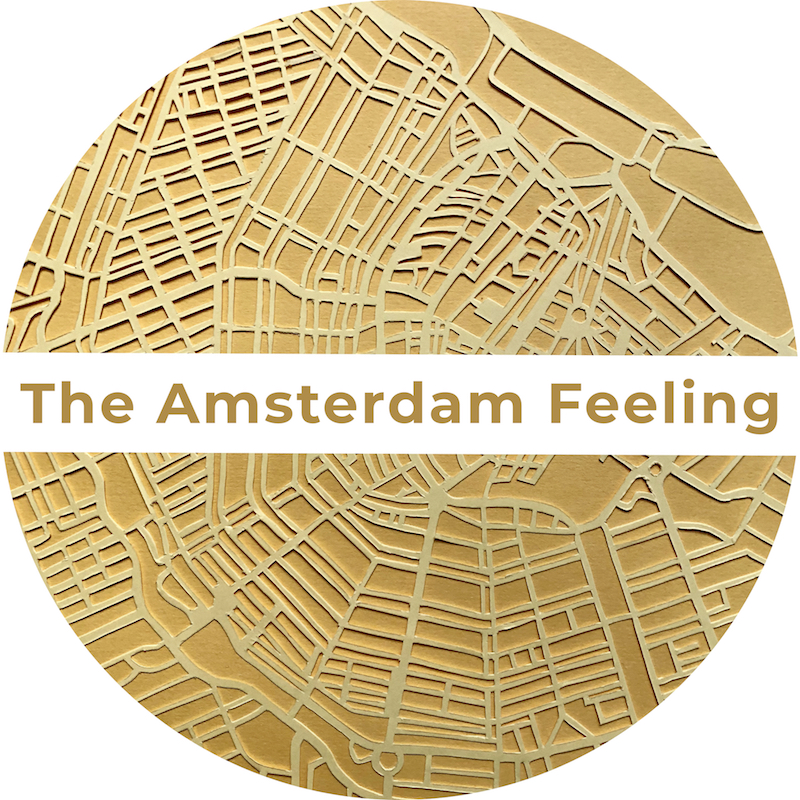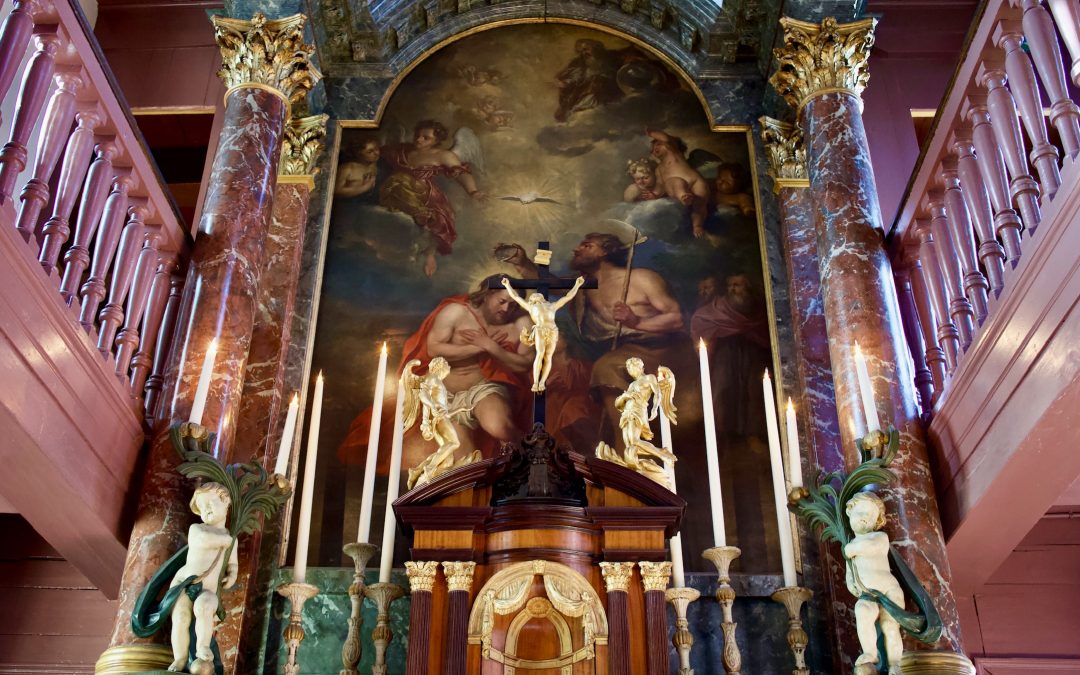Last Updated on July 18, 2024 by Christian Heide
Amsterdam, the vibrant capital of the Netherlands, is renowned for its picturesque canals, historic architecture, and an eclectic mix of cultural offerings. Amidst the bustling streets and tourist hotspots lies a hidden gem that captures the essence of the city’s rich history and religious tolerance – the “Our Lord in the Attic” church. This clandestine place of worship, concealed within the confines of a 17th-century canal house, holds a captivating story of devotion, resilience, and freedom of faith.
The Origin of Our Lord in the Attic
The story of “Our Lord in the Attic” begins during the Dutch Golden Age when Amsterdam flourished as a major trade and cultural hub. The city became a refuge for various religious dissenters fleeing persecution, including Catholics who faced restrictions during the Protestant Reformation. Despite religious tensions, the Dutch authorities exercised relative tolerance, allowing various religious groups to practice their faith discreetly.
In 1663, a wealthy cloth merchant named Jan Hartman took advantage of this religious leniency and decided to create a clandestine Catholic church within his own home. He acquired three adjacent houses on the Oudezijds Voorburgwal canal and ingeniously connected their attics to form a hidden Catholic church. This ingenious architectural design allowed the faithful to worship discreetly, away from prying eyes, and maintain their religious traditions while avoiding persecution.



An Architectural Marvel
The “Our Lord in the Attic” church, also known as “Ons’ Lieve Heer op Solder” in Dutch, stands as a testament to human ingenuity and the enduring power of faith. The church is a fascinating example of Dutch Golden Age architecture, with its simple exterior belying the rich and ornate interior waiting to be discovered.
Upon entering the unassuming canal house, visitors are transported back in time to an era of religious devotion and artistic grandeur. The church’s interior is a harmonious blend of Renaissance and Baroque styles, adorned with exquisite woodwork, intricate altar pieces, and elegant stained glass windows. The intimate atmosphere and the soft glow of candlelight evoke a sense of reverence and tranquility.



Preserving History
The survival of the “Our Lord in the Attic” church through the centuries is a remarkable story in itself. As the years passed, religious tensions subsided, and Catholics gained more freedom to practice openly. However, the hidden church did not lose its significance. Instead, it became a symbol of Amsterdam’s commitment to religious tolerance and the city’s diverse cultural fabric.
In the 20th century, the church underwent extensive restoration efforts to ensure its preservation for future generations. The Amsterdam Museum took over the management of the site, turning it into a museum and opening its doors to the public. Today, visitors from all corners of the world come to witness the marvel of “Our Lord in the Attic” and experience the history it encapsulates.

An Inspirational Journey
A visit to “Our Lord in the Attic” is not just a journey through time and architectural beauty, but also an opportunity to reflect on the importance of religious freedom and tolerance in shaping the world we live in today. As we stand within the walls of this hidden church, we are reminded of the courage and devotion of those who sought solace in their faith despite the challenges they faced.
The “Our Lord in the Attic” church is a reminder that even in the darkest times, the human spirit can find ways to persevere and create spaces of hope and inspiration. It stands as a testament to Amsterdam’s progressive values and its commitment to embracing diversity and fostering an inclusive society.
Conclusion
The hidden church of “Our Lord in the Attic” is a treasure trove of history, art, and faith, waiting to be discovered by those willing to delve into the depths of Amsterdam’s past. As visitors step into the intimate space of the attic church, they are not only transported to a bygone era but also reminded of the timeless importance of freedom of faith and the enduring strength of human resilience.
Amsterdam’s “Our Lord in the Attic” is more than just a hidden church; it is an architectural marvel, a symbol of religious tolerance, and an inspiration to embrace diversity in an ever-changing world. For anyone seeking a unique and profound experience in Amsterdam, this hidden gem should undoubtedly find its way onto their must-visit list.
Things to do in Amsterdam
With its private tour “Explore hidden streets with friends“, The Amsterdam Feeling offers a unique opportunity to get to know Amsterdam away from mass tourism. We reveal more hidden gems like historic courtyards that are hard to find by yourself. The approx. 2.5 hour city tour is a great introduction to the history of Amsterdam and the exploration of a less touristy area: The Jordaan. For us it is a village in the middle of the old town.

